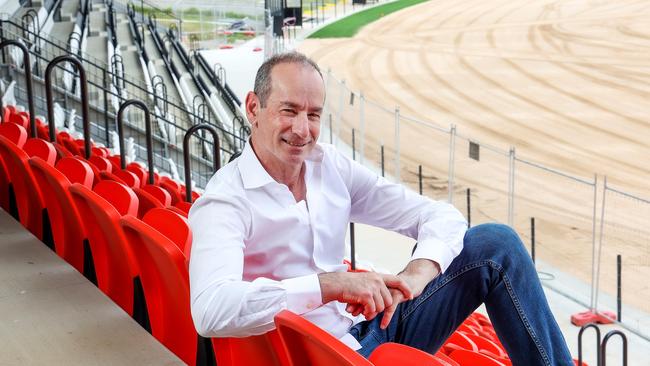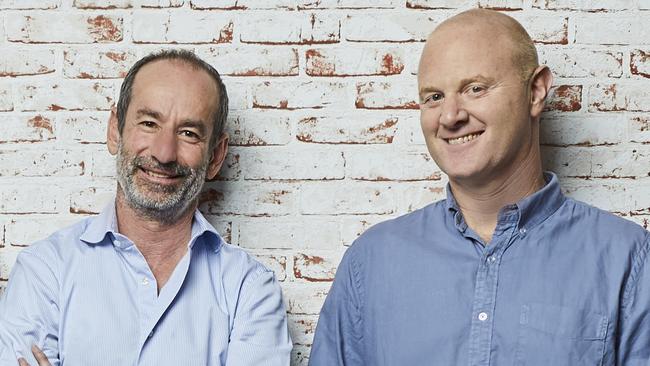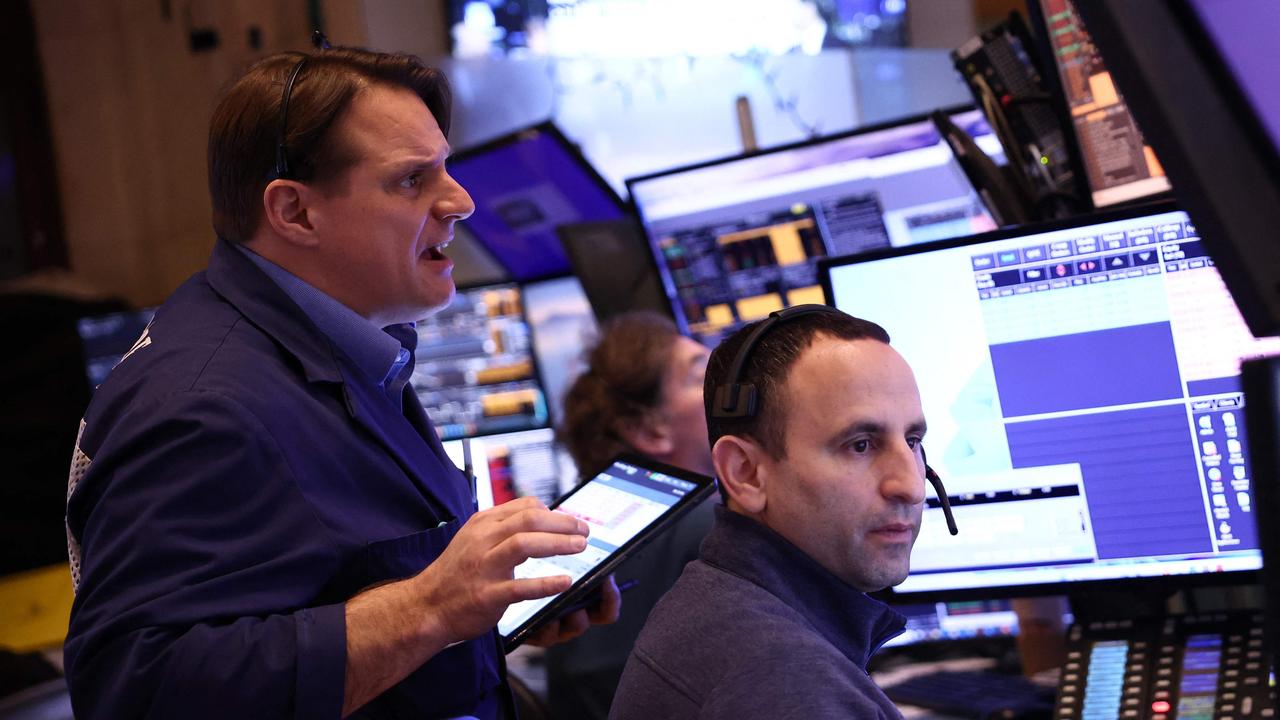Profit-rich Seek says jobs abound, but not enough takers
Demand for labour across states – led by lockdown-fatigued Victoria – is ahead of pre-pandemic levels, but there are few takers, Seek’s results show.

Corporate Australia is banking on the nation’s economy recovery with strong investment in job ads, but in a state of affairs that is likely to last at least until June, there’s just not enough interested labour around to meet demand.
A mix of factors, including pandemic-related border shutdowns and worker hesitation as well as fatigue, evidenced in the ‘great resignation’ or what Treasurer Josh Frydenberg described as the ‘great reshuffle’ earlier this month are to blame.
Leading online jobs marketplace Seek reported record jobs activity for the first six months of the year to December 31, with demand across all states, led by Victoria, ahead of pre-pandemic levels.
Its shares are up more than 7 per cent at 12.50pm AEDT to $29.83.

Candidate engagement remained high with lots of interest in the jobs being advertised, but a
Applications per job ad declined, reaching a record low in November with Seek attributing it to “trends consistent with the low unemployment rate and candidate scarcity”.
“Applications (were) impacted by a combination of candidate sentiment/hesitancy to change roles and a reduction in candidate availability due to border closures with shortages in talent widespread across all industries.”
Earlier this month, Seek released data showing three in five workers are reluctant to change jobs despite surging demand.
Nevertheless Seek revenues for the first half increased 59 per cent to $517m while earnings before interest taxes depreciation and amortisation (EBITDA) rose 83 per cent to $251m.
Net profit after tax, excluding significant items, was an increase of 147 per cent to $124m.
Seek will pay an interim dividend of 23c per share, fully franked – it’s highest payout in three years, reflecting 75 per cent of cash NPAT less capex.
The business, which is unifying its platform offering across its Australia, NZ and Asian markets and looking for 200 staff, reported a 72 per cent surge in ANZ revenues to $383m while EBITDA soared 94 per cent to $254.6m.
In line with positive trends in the NZ and Asia markets as economies recover, the group also unveiled its bigger earning expectations.
The group’s full year revenue is forecast at $1.05bn-$1.10bn, up from the $950m-$1bn guidance provided in November.
EBITDA is expected at $490m-$515m, higher than its previous forecast of $425m-$450m.
NPAT will likely range between $230m and $250m – higher than earlier estimates of $190m-$200m.
Seek’s share of the net profit after-tax of the $1.7bn Seek Growth Fund, an independent unit trust established last year, is also upgraded to $10m-$20m, from $5m-$10m.
The updated guidance assumes low economic volatility from Covid, monetary policy changes and the geopolitical environment.
“Businesses continued to rehire following Covid-related cuts, and in many cases restarted investment,” chief executive and managing director Ian Narev said.
“Whilst candidate activity on our sites remained high, application rates were weaker, which in turn drove greater depth adoption.”
Depth adoption refers to its premium advertisement options.
“Underneath the headline numbers, we have very different supply-demand balances across different geographies and sectors. So very choppy.”
Seek saw strongest demand for workers in industries hardest hit by lockdowns during the six months – hospitality and tourism, healthcare and medical and trades and services.
Demand is strong for automotive tradespeople, labourers, electricians, aged care nurses, counsellors, physiotherapists, developers, programmers, software engineers besides transport, factory and warehousing workers, Seek said.
The professional services sector, which covers banking and finance, consulting and strategy and ICT, experienced relatively steady growth, except for the seasonal December decline.
Small and medium enterprises made up 39 per cent of the job ads with volumes up 60 per cent on the prior corresponding period.
Corporates contributed 28 per cent of the ads, an increase of 73 per cent in terms of volume.
Recruiters made up the rest of the job ads.
Mr Narev expects the combination of strong candidate activity and lower application rates likely to continue in the second half.
Seek was leveraged to improving economic conditions and structural changes in the labour market, he said.
“If you take a 12-month look, you would probably see the jobs creation and hiring side to remain strong; on the candidate side, hopefully, there will be more supply of people coming into the country looking for jobs,” Mr Narev said.
The National Skills Commission’s internet vacancy index shows job ads increased by 4.4 per cent in January to 259,000, their highest level since September 2008.
Morningstar equities strategist Gareth James said some of the big rebound in Seek’s revenues could unwind with the return of skilled migrants and backpacker workforce leading to a “normalisation of the jobs market, which is particularly tight at the moment.”
“But there is a strong underlying trend here which is that Seek has a really great business and is innovating to improve its services and it’s entrenching its dominant position so there is underlying growth in the business.”
Australia’s unemployment rate fell to 4.2 per cent in December – the lowest since the 2008 global financial crisis.
January data, due to be released on Thursday, are likely to reignite debate around the Reserve Bank’s timing on raising the cash rate – set at 0.1 per cent since December 2020 – as it weighs up jobs recovery and wage growth in relation to rising inflation.



